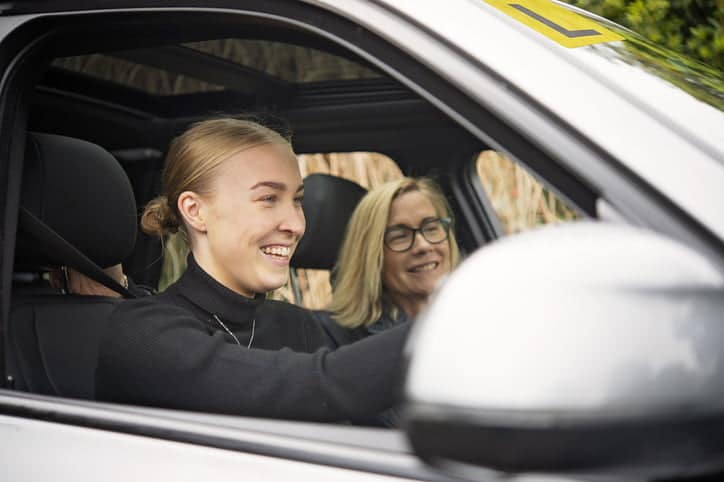Taking your theory test soon? You may not be aware, but in April 2020 the format of the test was changed. So to help you avoid any stumbling blocks and pass the first hurdle on the road to gaining a full driving licence, here’s a comprehensive guide to what’s changed and what you need to know about the new theory test.
Quick Links
- How has the Theory Test Changed and Why?
- What does the new Theory Test Look Like?
- How Should You Prepare for the Theory Test?
How has the Theory Test Changed and Why?
From 14 April 2020, the way in which learner drivers take the theory test changed. Now, candidates will watch a short video before answering three multiple-choice questions, which relate to things like hazard awareness and the rules of the road.
This is a big step away from the old theory test, which required you to read a case study before answering five questions about it. It’s hoped that the new format will make the test more accessible for people with learning disabilities, developmental conditions, and those with dyslexia.
The good news is that most of the theory test will remain the same, with the following criteria:
- You must answer 50 multiple-choice questions within 57 minutes.
- You must answer a minimum of 43 out of 50 questions correctly on the multiple-choice part of the test to pass.
- You must watch a series of hazard perception videos and correctly identify developing hazards.
What does the new Theory Test Look Like?
To give you an idea of what the new video section of the theory test looks like, the government has published a helpful example video, as well as lots of information on what you’ll have to do.
Take a look at the example clip below:
Like the hazard perception part of the test, all the videos used in the multiple-choice round show a typical situation out on the road – whether it’s driving on a country road or cruising through town. You’ll need to focus on the details of what happens during the video and pay attention to road markings such as chevrons and the central reservation, as you may be asked about them in the corresponding questions.
Here are some of the types of questions you may be asked about the video you’ve watched, all of which are multiple-choice with four possible answers:
- Why should the driver, on the side road, look out for motorcyclists at junctions?
- Why are motorcyclists considered vulnerable road users?
- Who can cross the chevrons to overtake other vehicles, when it’s safe to do so?
In terms of what you’ll see on the screen the interface is simple and easy to understand, with the video on the left accompanied by play and pause buttons, and the questions on the right. The video is silent, and you can watch it as many times as you want before marking your answer in the tick box and moving on to the next question.
How Should You Prepare for the Theory Test?
For years now, the theory test has been viewed as the easiest part of becoming a fully-fledged driver, but this assumption can result in complacency and lack of preparation. Some questions on the test can easily catch you out, and with such a high pass mark you can’t afford that many mistakes.
The government recommends that, while the format of the test has changed, learners should scrub up on their knowledge using the same books and software as before. The multiple-choice questions in the test are based on three books, including:
As a minimum, you should study these books and try to memorise as much of the information as you can, particularly road signs and safety rules. But ideally, you should be doing more than that to maximise your chances of success. We’ve offered a few tips below on how to prepare for your theory test.
- Put the hours in – studying for a theory test doesn’t mean cramming books the night before. There are over 1,000 possible multiple-choice questions in the test, so the more preparation you do the better.
- Take a mock theory test – visit the government’s theory test portal to take a mock theory test, including the multiple-choice round and the hazard perception test. This can help put your mind at rest and show you how much more revision you’ll need before the real thing.
- Download a theory test revision app – if reading books sounds a little dry and you’re worried you might not retain enough information, try downloading a theory test revision app. Ingenie has a great guide on the best theory test apps that can help you prepare for the test.
- Book your test well in advance – an obvious but important point is to give yourself plenty of time to prepare for your theory test. As a minimum, we’d say you should book it at least four weeks in the future, that way you have lots of time to study up and get properly prepared.
At Holts we aim to help motorists young and old enjoy driving, whether that’s with how-to guides and advice on our blog or giving you the right tools to look after your car. For more information, visit the homepage today.


